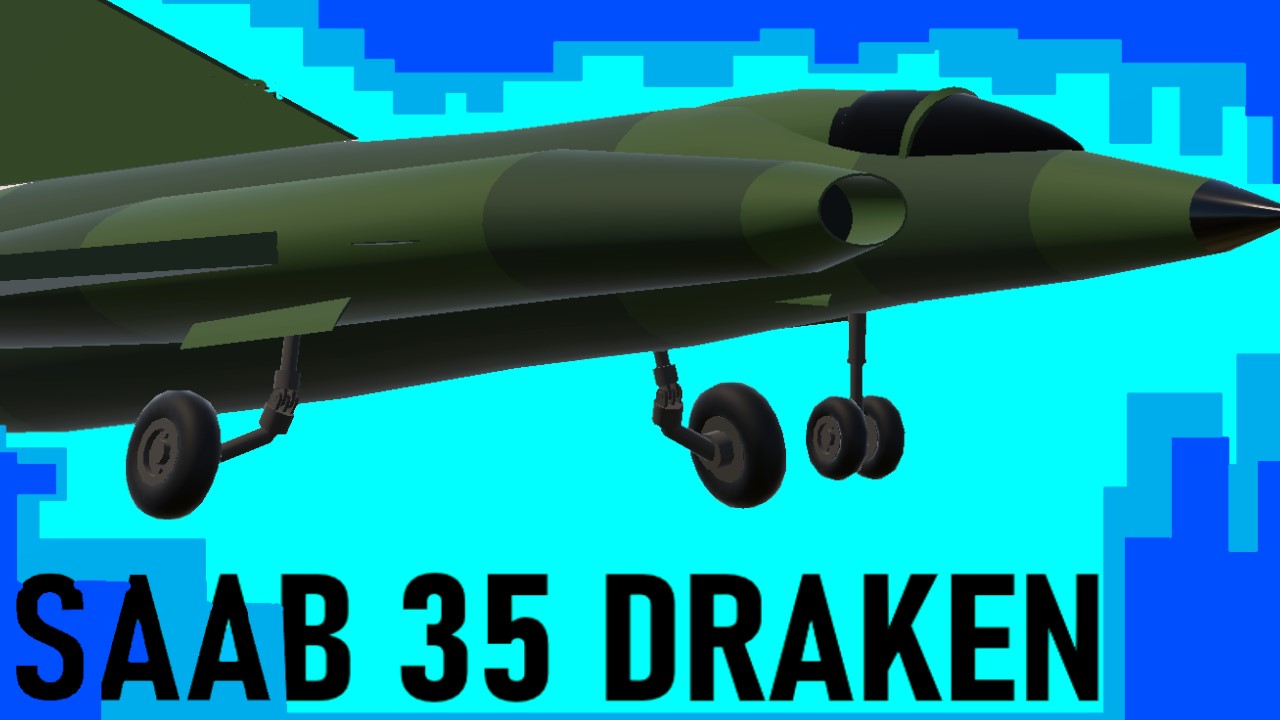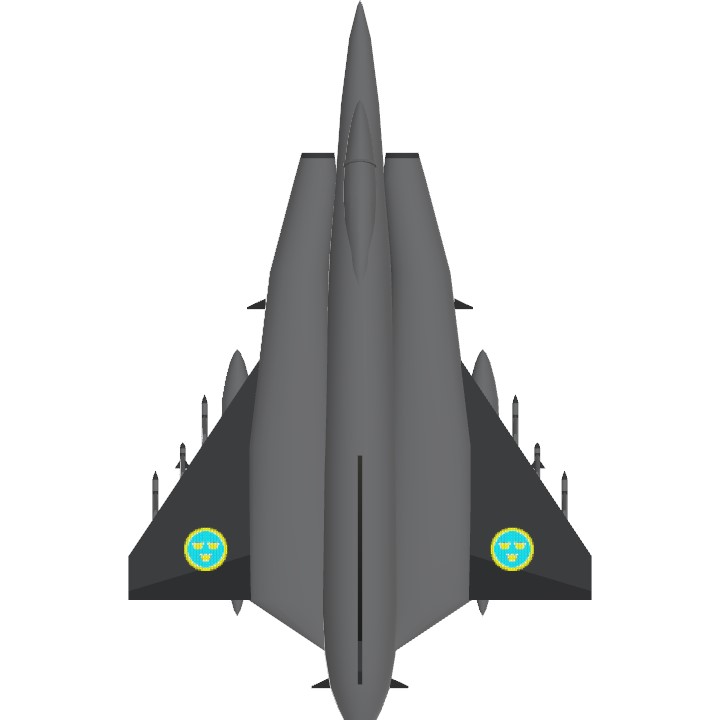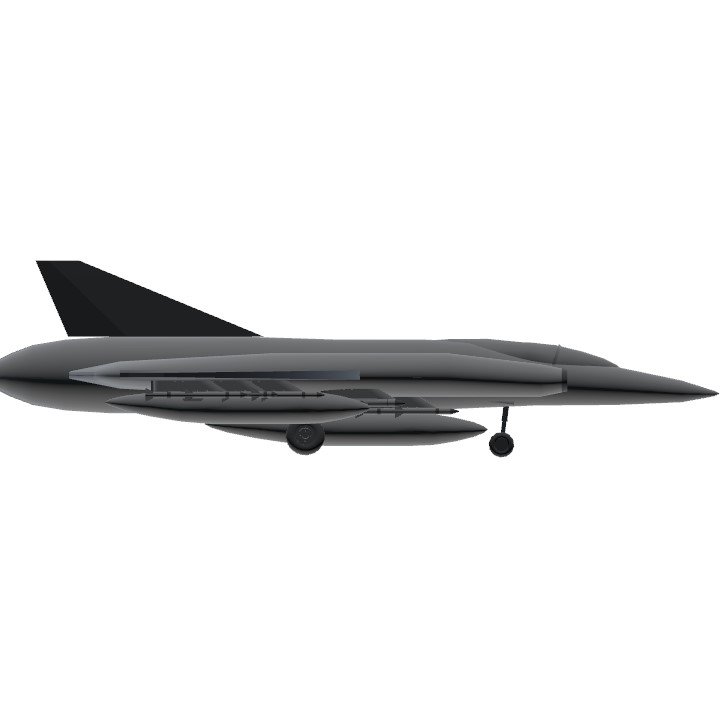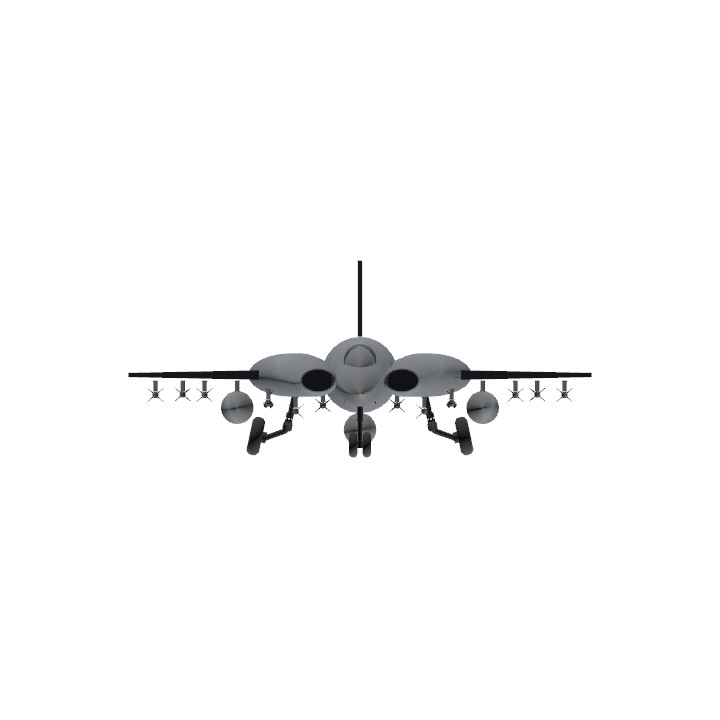The Saab 35 DRAKEN
The Saab 35 Draken (IPA: [²dr??k?n]; The Kite, ambiguous with The *Dragon)[Nb 1][3] is a Swedish fighter-interceptor developed andmanufactured by Svenska Aeroplan Aktiebolaget (SAAB) between*
1955 and 1974. Development of the Saab 35 Draken started in 1948 as the Swedish air force future replacement for the then also in development Saab 29 Tunnan day fighter and Saab 32B Lansen all-weather fighter. It featured an innovative but unproven double delta wing, leading to the creation of a sub-scale test aircraft, the Saab 210, which was produced and flown to test this previously unexplored aerodynamic feature. The full-scale production version entered service with frontline squadrons of the Swedish Air Force on March 8, 1960.[2] It was produced in several variants and types, most commonly as a fighter-interceptor.
The Saab 35 Draken is known for, among other things, its many "firsts" within aviation. It was the first Western European-built combat aircraft with true supersonic capability to enter service and the first fully supersonic aircraft to be deployed in Western Europe.[Note 1][6] Designwise it was one of, if not the first, combat aircraft designed with double delta wings, being drawn up by early 1950.[7] The unconventional wing design also had the side effect of making it the first known aircraft to be capable of and perform the Cobra maneuver.[8][9][10] It was also one of the first Western-European-built aircraft to exceed Mach 2 in level flight,[11] reaching it on January 14, 1960.[12]
The Draken functioned as an effective supersonic fighter aircraft of the Cold War period, although it was never used in conflict. Even though the type was designed and intended as an interceptor, it was considered to be a very capable dogfighter for the era. In Swedish service, it underwent several upgrades, the ultimate of these being the J 35J model. By the mid-1980s, the SAF's Drakens had largely been replaced by the more advanced JA 37 Viggen fighter, while the introduction of the more capable Saab JAS 39 Gripen fighter was expected in service within a decade, although delayed. As a consequence of cutbacks and high maintenance costs, the SAF opted to retire the Draken during December 1999. The type was also exported to the air forces of Austria, Denmark and Finland. Danish aircraft have been exported, post-service, to the United States where they have seen use as training aircraft for test pilots
Specifications
General Characteristics
- Created On Windows
- Wingspan 34.6ft (10.5m)
- Length 54.1ft (16.5m)
- Height 14.7ft (4.5m)
- Empty Weight 34,253lbs (15,537kg)
- Loaded Weight 64,543lbs (29,276kg)
Performance
- Power/Weight Ratio 3.133
- Wing Loading 113.0lbs/ft2 (551.7kg/m2)
- Wing Area 571.2ft2 (53.1m2)
- Drag Points 7123
Parts
- Number of Parts 84
- Control Surfaces 11
- Performance Cost 477





FIRST!!!
THE DRAKENNNNNNN
==
@secondarywings Yes?
@DynamicHorizon Is Enter To Your Autotag?